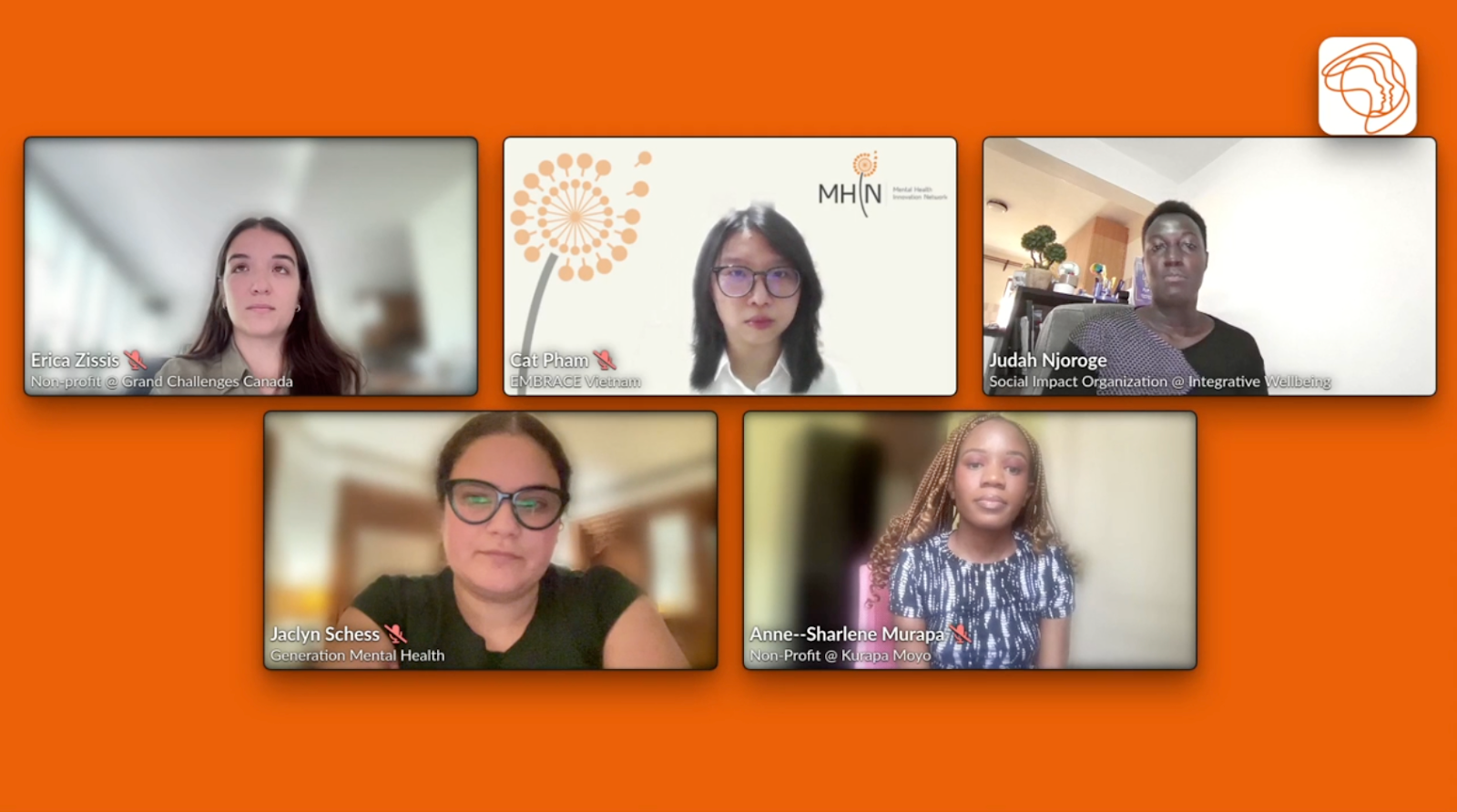Toxic Workplaces & Mental Health: Identifying the red flags
We spend a large part of our lives at work. Toxicity in the workplace can cause great detriment to your mental health, Edwin Mburu reflects.

I got my diagnosis about 7 years ago in 2015. Since then, I have been in a very good space mentally. Of course, there have been bumps along the way but these ups and downs have consistently made me more resilient.
I have come to appreciate how much control I have in my recovery journey. As a PWLE (Person With Lived Experience), being very intentional on how I safeguard my mental health has always been my number one priority. Recovery is a very personal journey. Everyone’s recovery looks different. However, as you progress in recovery one has to appreciate that some things are in your direct control while others are not. Understanding this key aspect in recovery can be a game-changer for most of us if not all.
Work, employment and lived experience
As a PWLE in formal employment, I spend a big chunk of my time at work. I believe this is the same case for most, if not all. How does your workplace affect your mental health? All workplaces have some levels of stress, which is not unheard of. Some level of stress is actually good. Eustress — or the positive form of stress — can actually motivate us to perform better and to stay proactive. However, if the thought of going to the office makes you feel repulsive, depressed, or even physically ill, then it is highly likely that you are working in a toxic workplace.
To put it in other words, a toxic workplace is one where employees find it difficult to work or progress in their careers due to the negative atmosphere created by coworkers, management, or the company culture itself.
Research in the UK shows a third of the employees have taken some time off work due to toxic work culture. Toxic workplaces can damage your self-esteem, relationships, finances and many other spheres of your life. Since your workplace can be such a crucial determinant of your wellbeing, it’s important to watch out for some tell-tale signs of toxicity.
Identifying workplace toxicity & its fixes
So how does one know that they are in a toxic work environment? What do you do if you find yourself in such a place? Have you noticed high turnover in your organization? If yes, then that is a sign that employees are realizing that the workplace is in dysfunction, leaving its employees with low to zero morale, thereby prompting them to search for better options. This in turn leads to further burnouts as the organizations then transfer the workload to the remaining, reduced staff who get overwhelmed both physically and emotionally with the tangible and intangible burden of work.
It is the sign of a healthy workplace that employees function at a pace that is sustainable and reasonable, rather than moving at break-neck speed and crashing when they hit a minor speed bump. We all possibly know at least one person — friends, family, or acquaintances — who has crashed in this manner.
Another indicator that all is not well at the workplace is the formation of cliques. These are a few individuals who speak or act under a secret “code” that directly or indirectly alienates other employees. What does this look like in action? The management might delegate prospective projects to certain groups of employees who are “loyal”. Cliques basically alienate certain employees who are deemed not fit in certain social, academic, and professional circles within the organizations. In extremes, this promotes discrimination and can greatly affect employees’ morale, productivity, self-esteem and most importantly, their mental health.
The lack of work-life balance
A toxic workplace has no work-life balance. In this day and age, we can’t downplay the role of having a balanced life. Do you find it hard to take leave? Are you always in a negotiation about when and how to take leaves? I know of situations where even new fathers were unable to take paternity leave due to “work”. In one scenario a new father was directed by the supervisor to take his paternity once “work pressure” reduces. Well, in short, the man never took his paternity leave, and I believe the child is actually in school now. If such incidences are the norm in your workplace, then you are probably in a toxic workplace. If you are expected to be on the clock all the time, responding to “urgent” emails even when on leave or over the weekends, then you are probably in a toxic workplace.
World Health Organization recently recognized burnout as a legit medical diagnosis. Even in light of this, we still find rampant cases in our workspaces that are burnout-related. There are three types of burnout namely: Frenetic, under-challenge and worn-out.
Frenetic or overload burnout occurs when employees put in a lot of work hours with the sole goal of achieving certain results despite feeling overwhelmed by the workload. Employees in this situation neglect their personal wellbeing and time to fully immerse themselves in work only to crash at some point.
Under-challenge burnout affects employees especially when they get no satisfaction from their work. A person at this stage will feel that the workplace doesn’t offer enough opportunities for their abilities. Work that is also monotonous will lead to employees experiencing this kind of burnout. This lowers the mood and morale of the employee and ultimately productivity.
Worn-out burnout occurs when one is mentally, emotionally and physically exhausted by their work. This happens after a long period of consistent work stress that leaves one resigned and disillusioned by having little to zero rewards for putting in the work.
There’s a lot that can be said about toxic workspaces. The fact is, if not addressed, the end results are detrimental to both individuals and organizations. If you are in such a situation, you can try to use the appropriate channels in the workplace to address this. If this doesn’t bear fruit — in most cases it doesn’t — then it’s time to think of an exit strategy. One has to carefully weigh their options and decision making has to be made consciously. Impulsivity at this point will only cause you more pain and anguish. Remember that your mental health is a priority and with that in mind you can plan accordingly. This might sound easier said than done and it is, but it can be done, it has been done and it’ll continue on in the future. Toxic workspaces need to be addressed and repaired with empathy and practical shifts in the work culture.
Edwin Mburu, GenMH Lived Experience Committee Member, found on Facebook | Instagram | Twitter
Edwin is a Lived Experience Expert. He’s the founder of Mentally Unsilenced and a blog about mental health by the same name. An accountant by profession, Edwin’s lived experience has seen him participate in various capacities in mental health organizations both at the local and international levels. Some of these organizations include GenMH, Global Mental Health Peer Network (GMHPN), The Stability Network, Time to Change global and PDO Kenya.
Edwin is currently involved as Co-Author in research on workplace interventions to reduce stigma by Wellcome Trust Foundation. Edwin is among 3 of the Experts by Experience (EBE) recruited to give insight into workplace interventions from a Lived Experience perspective


